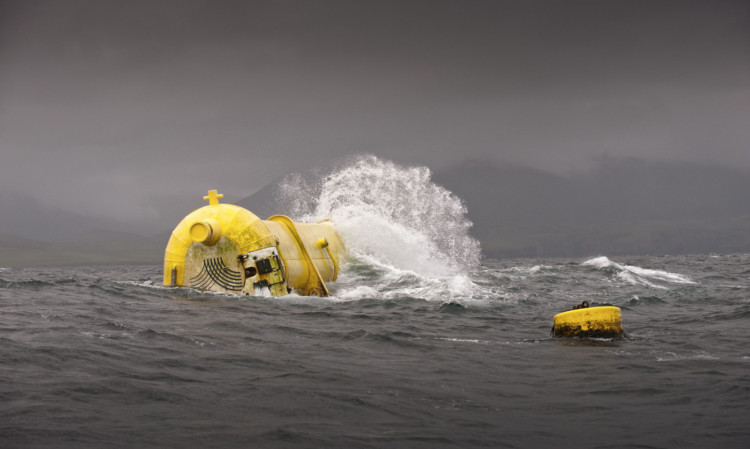The publication of minimum subsidy strike prices guaranteed to renewables operators are a critical moment in the development of the green energy industry, it has been claimed.
Scottish Renewables chief executive Niall Stuart reckons the unveiling of confirmed rates of Government support will help his industry to grow by providing certainty on funding and focusing attention on the cost-reductions required.
But he has also warned that planned reductions in payments will likely prove a challenge for some sectors.
“Uncertainty is anathema to any business, so a drip-feed of outcomes from the much-debated electricity market reform process in recent weeks are a step forward for Scotland’s renewables industry,” he said.
“In the main, reassurance that the Government remains committed to the growth of renewable energy, and the UK’s 2020 energy targets, means future investments and projects can now be planned with more certainty.
“Central to that planning process was an announcement from HM Treasury earlier this month on future ‘strike prices’, which outline levels of financial support for the industry from 2015.
“Those figures marked a critical moment in the industry’s development. We now know the precise levels of cost reduction that Government is demanding from us, and can start to work towards them.”
He said a fresh reduction in subsidies for new onshore wind projects would present “a real challenge to developers”, meaning fresh arrays will only go ahead if they can be constructed and operated more cheaply than the new nuclear capacity planned for 2023.
But Mr Stuart also said the pricing scheme put onshore wind on a necessarily downward trajectory, which could force generation into becoming “significantly cheaper” than nuclear.
“Onshore wind is the cheapest renewable electricity source that is being deployed at scale and is also the renewables technology which has driven the most investment into Scotland,” Mr Stuart said.
“It has already proved itself vital in providing the necessary financial stepping stone investors need in order to move towards building offshore wind, wave and tidal farms.”
But he warned that the new regime gave no guarantees over the future for offshore wind arrays planned for the waters off Scotland’s east coast.
Earlier this month, The Courier told how no Scottish offshore wind proposal had been rated as “affordable” under the Department for Energy and Climate Change’s Final Investment Decision Enabling for Renewables (FIDeR) scheme.
Three including the Neart na Gaoithe and Inch Cape projects, off the coast of Fife and Angus respectively had made the longlist, only to miss out in an early affordability assessment.
“Uncertainty about EMR has hung heavily over the development of offshore wind manufacturing and technology development, but five major projects are awaiting consents in Scottish waters and we have a growing supply chain that is already winning orders on windfarm developments in the UK and overseas,” Mr Stuart said.
“The strike prices proposed, however, do not guarantee these schemes can go ahead.
“And there was disappointment that none of these schemes made the list for the very first projects to access the new financial support for renewables and nuclear mechanism, the Contract for Difference.”
He also welcomed investment in biomass and renewable heat including at Markinch, and despite a Dundee City Council knock-back for Forth Energy’s plans to build a £325 million combined heat and power plant at the Port of Dundee.
“What is already clear from electricity market reform is that Government will only support the most competitive schemes and projects,” Mr Stuart said.
“Our job is to make sure that Scottish projects can get down to the prices outlined so that we can continue the sector’s growth and its contribution to Scotland’s economy and work to meet our world-leading climate change targets.”
